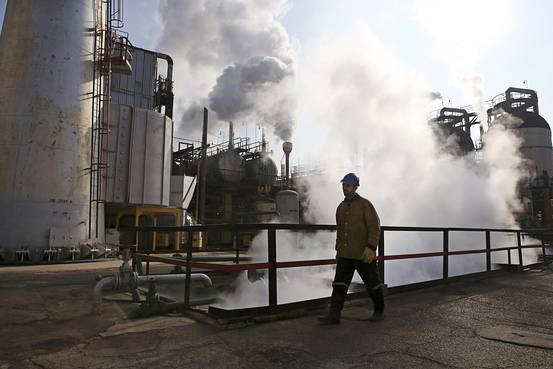Iran’s nuclear deal with the world powers is expected to spur the country’s oil exports and thus further support the downward trend in global oil price. Moreover, the deal will likely also re-open the door for many international energy companies, which were unable to operate in the country for five years. In 2010, France’s Total, Norway’s Statoil, Spain’s Repsol, and Anglo-Dutch group Royal Dutch Shell pulled out. Teheran is now going to ready for new contracts with Western companies. Total and Italy’s Eni are expected to be among the first ones.
Iran currently exports about 1.1 million barrels a day, which is half of it pre-sanctions level. Although the original purpose of the restrictions was to reduce the country’s nuclear activities, their side effect was a reduction in Iran’s crude production to about 2.8 million barrels a day, from 3.6 million barrels a day in 2011. However, analysts think that export volumes may recover within a few months as about 30 million barrels of Iranian crude is being stored onshore and on tankers ready to transfer them to the country of destination at any moment.
Yet, experts disagree about how fast Iran could recover its oil production. According to Facts Global Energy, an energy consultancy, crude output could increase by 500,000 barrels a day in three months after sanctions are lifted and 700,000 barrels a day within another year. In contrast, Ed Morse, chief of commodities research at Citigroup, thinks that it is “highly unlikely” that Iran would be able to increase production until 2016 mostly because of the time needed to implement the deal and check the country’s compliance. George Booth of Pinsent Masons adds that even if Teheran manages to increase its production, it will be very difficult for the country to retain high levels of output and sales. In order to produce its target of 4 million barrels a day, it will need Western technology and expertise.




